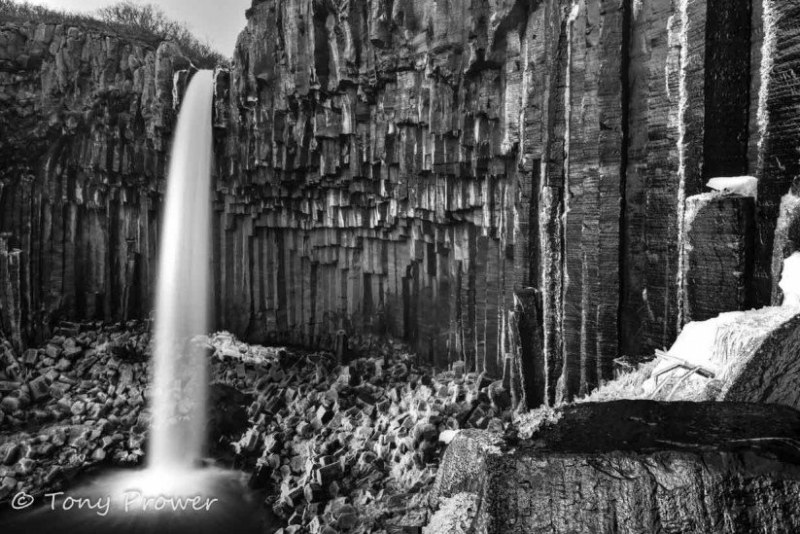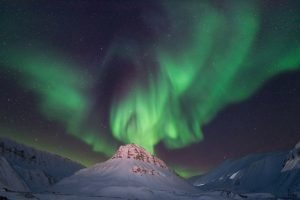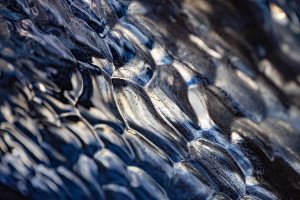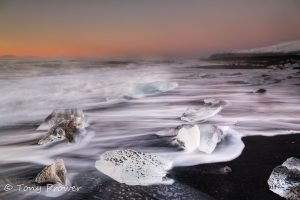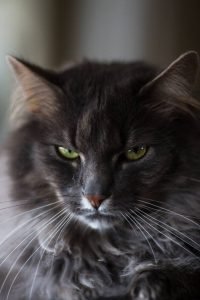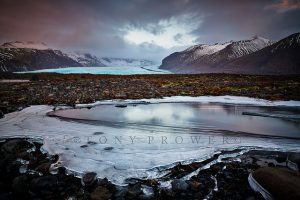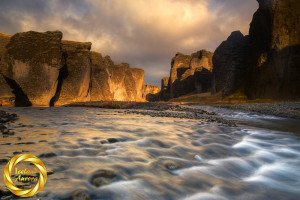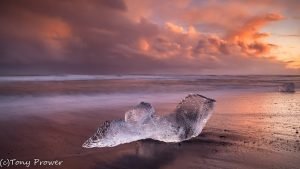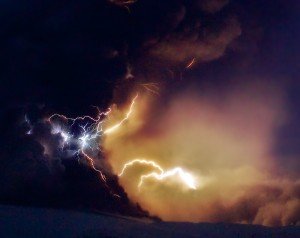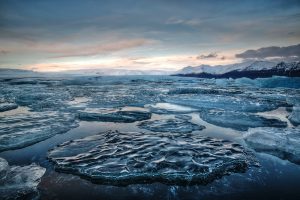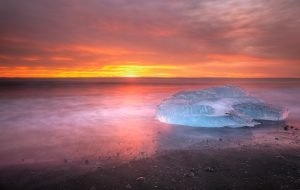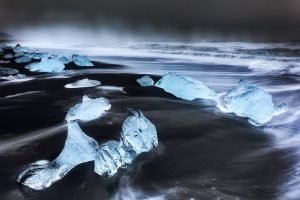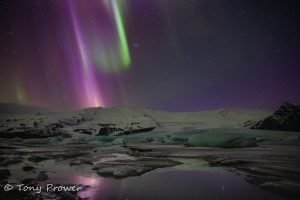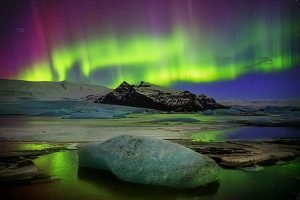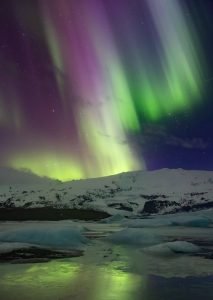Focus is one of the 3 big issues in photography.
With the ability to crop and adjust exposure in post-processing, focusing is one aspect which cannot be changed after the fact. In other words, as digital photography become easier and easier, the art of focusing is one of the few critical techniques remaining in the quest to make photos from single frames.
“Focusing for a landscape is easy though, right? You just select f/22, auto focus, and everything is in focus.”
Have you tried this technique? Yes you get a deep depth of field, the shutter speed is slower so you can get more creative. The problem is with the sharpness. The focus is great, but the sharpness needs work. There are hundreds of ways to sharpen a digital image, but in most cases it is difficult to control the increase in noise. It becomes a battle between noise and detail and the chances are that the image will not look so natural when viewed close up.
The following photos were taken with Zeiss 50mm planar of Icelandic news print (a recommended test) the first is at f/8, the second is at f/16… the focal plane is at the top of the Icelandic stone. In both these images we are comparing sharpness in far focus.
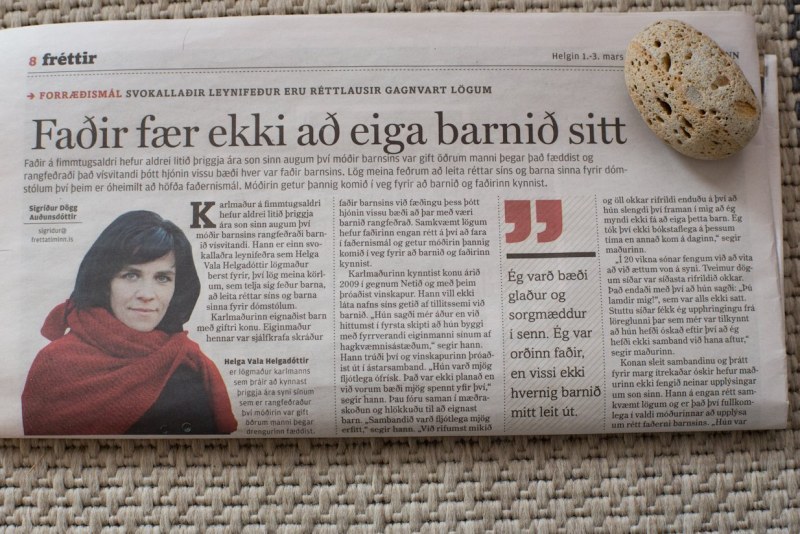
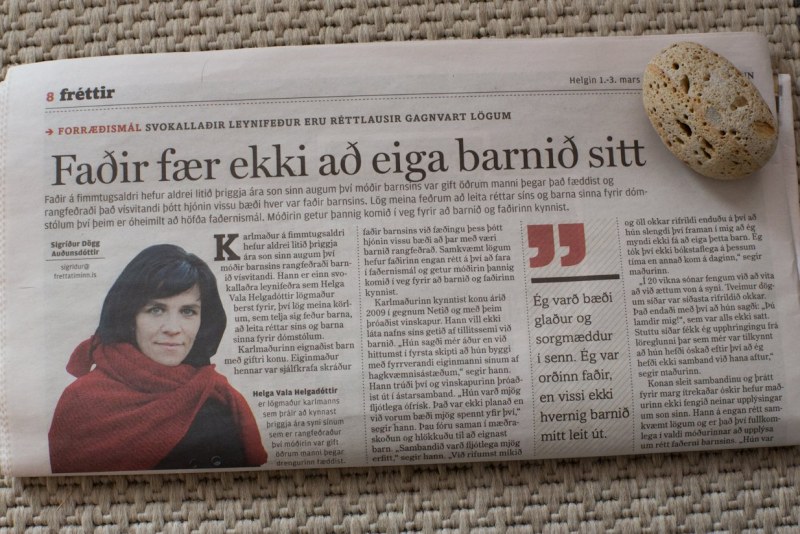
When we view them at 100 percent we can see the difference…
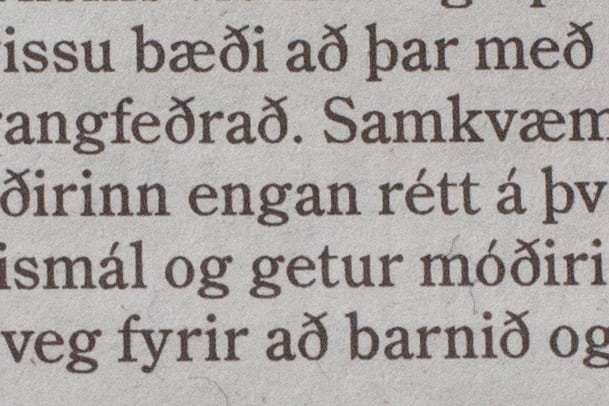
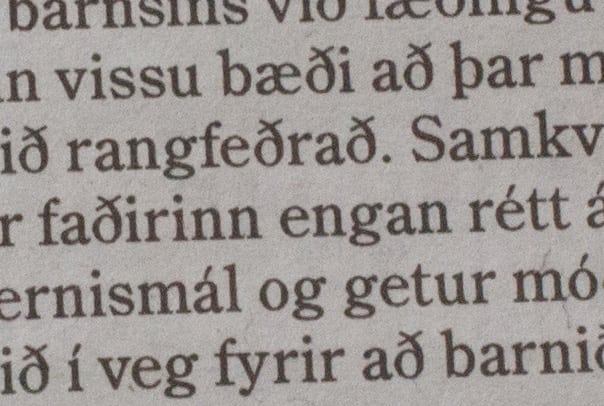
Al these images are untreated, un-sharpened. It is clear that f/8 has a much nicer sharpness, the lines are clearer and the contrast more defined. When it comes to sharpening these images, the f/8 image will have a distinct noise advantage over the f/16 image.
Sometimes it is difficult to see the difference, but I wouldn’t recommend using the f/22 method of focusing a landscape.
The Hyper-focal distance
The hyper-focal distance is a mathematical concept. It relates to your focal length and aperture. The hyper-focal distance refers to a focal plane where everything from a point half way between the camera and the focal plane will be in focus and the focus will continue to infinity. It is important to realise that focus goes twice the distance beyond as it does in front. In simple terms the hyperfocal distance is a third of the way from your nearest sharp object to you furthest sharp object.
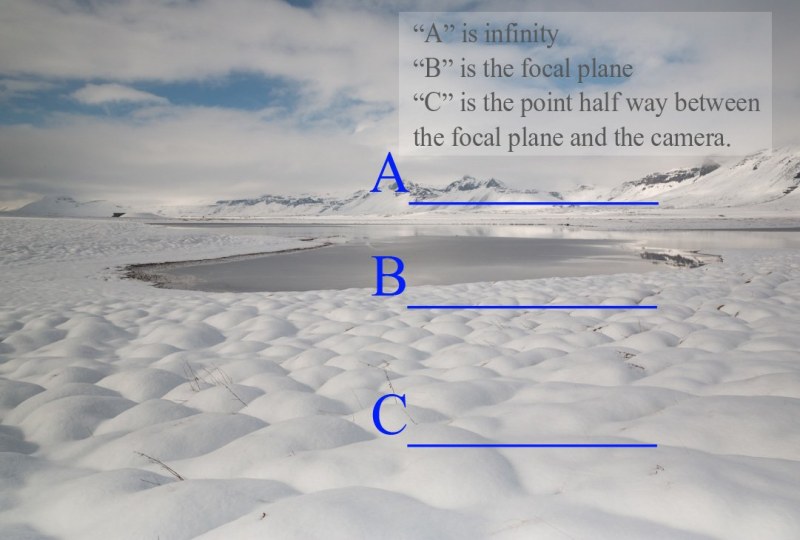
The hyperfocal distance is considered by serious landscape photographers. It is a useful concept to be aware of as it will help you choose a suitable aperture for your scene. If you are able to capture the same scene at f/11 instead of stopping down to f/22, you will get a better quality image. It is useful to contemplate hyperfocal distance for your composition also, you might recompose to achieve a better hyperfocal range.
Although I asked you to consider the hyperfocal distance for every scene, I am now going to contradict that slightly by asking you to subtract ‘infinity’ from you calculations and re-examine the scene. So then, you are maybe contemplating a medium DOF with fantastic detail on the foreground and soft in the distance. Consider which landscapes would work well with the DOF squeezed out of f/8.
This image uses f/8. The ice and near rocks have beautiful focus – and beautiful sharpness. I made sure that the focus included the very bottom of the frame. The focus is lost before you get to the sea. But the scene was along exposure so the sea would never have been sharp anyway. The horizon is very soft and the moon also, but this adds to the depth and atmosphere of the shot.
